What is Interferential Therapy (IFT)?
Interferential Therapy (IFT) is a non-invasive physical therapy for pain relief and tissue repair. It uses low-frequency electrical currents that generate a frequency intended to prevent pain signals from being transmitted to the brain. This frequency is called an interferential current or IFC. IFT is part of a comprehensive rehabilitation program, where it can help decrease inflammation, muscle spasms, and pain while promoting tissue healing.
Types of IFT Treatment
There are two types of IFT machines. One is only for professional use and the other is light, portable, and can be used even with little to no training. Professional machines for IFT treatment offer more control and are more efficient. That is because the effects of this therapy depend on the machine's operation.
- The frequency of the beats needs to be perfect.
- Operators must adjust the intensity of the currents to provide optimal pain relief.
- How you place the IFT machine's electrodes on the patient's body also matters.
- The injured body parts must be localised so the patient feels the therapy's effects.
Here's how IFT treatment differs based on the types of frequencies the operator creates:
- Vector Effects: Create frequency fields that cover large areas. Treat injuries that are hard to localise (e.g., neck pain).
- Frequency Swings: Swing frequencies between 0 and 100 Hz in specific periods. Create rhythmic frequency swings to create maximum relief in acutely injured body parts.
- Relentless Frequency: Expose the patient to specific frequencies for long periods. This approach is good for getting responses from particular tissues.
How Does IFT Help in Pain Management
IFT helps to reduce inflammation, which can decrease the amount of pain that a person suffers. It can reduce pain associated with acute and chronic conditions, including arthritis, tendonitis, carpal tunnel syndrome, and plantar fasciitis. IFT can also be part of a comprehensive rehabilitation program, which can help reduce pain and speed recovery time.
Benefits and Uses of IFT
There are several benefits of IFT physiotherapy. The beat frequency currents from IFT machines help stimulate the muscles to contract. Secondly, they heal the nerves that carry pain.
- Providing instantaneous pain relief to deep tissue injuries.
- Constant contraction of muscles creates relaxing effects. When spasmodic muscles relax, our blood circulation improves.
- Better blood circulation leads to faster soft tissue repair.
- The contraction of muscles reduces swelling, bruising, and inflammation.
- The vibrations eliminate harmful substances, such as toxins, from the affected areas.
- Increasing muscle stimulation improves patients' metabolic rates.
- Healthier blood circulation also leads to decreasing blood pressure.
- Treating chronic and painful ligament injuries with this non-invasive therapy is more manageable.
- Constant physiotherapy from IFT machines also eliminates long-term joint movement restrictions.
- Post-surgery IFT physiotherapy helps patients restore the lost movement of muscles.
Conditions Treated by IFT
The benefits of IFT Physiotherapy apply to many painful conditions. Some of them include the following:
- Cervical Spondylosis: IFT for shoulder pain helps cure neck and spine degenerative osteoarthritis. It cures muscle spasms and gradually decreases the amount of pain patients experience.
- Ankylosing Spondylitis: IFT for shoulder pain can cure inflammatory arthritis in the vertebrae. The frequencies prevent waste buildup in injured locations. A damaged vertebra heals faster.
- Osteoarthritis of the Knee: Regular IFT physiotherapy loosens the tendons around the knee area. The frequencies also promote the production of endorphins, which causes the inflamed muscles and tendons to heal faster.
- Edema: Patients with this condition have too much watery fluid in their tissues. The vibrations from the IFT treatment frequencies eliminate extra fluids from the tissues. Better circulation also leads to these fluids exiting the affected areas faster.
- Frozen Shoulder: Chronic shoulder pain responds well to interferential therapy IFT, which reduces stiffness and improves mobility over time.
- Rheumatoid Arthritis: IFT therapy can ease joint pain, reduce inflammation, and enhance range of motion in affected areas.
- Disc Herniation: Interferential therapy indications include nerve-related back pain and sciatica caused by disc issues.
- Spinal Canal Stenosis: IFT physiotherapy can help manage pain, numbness, and restricted movement due to narrowing of the spinal canal.
- Tennis Elbow: IFT therapy helps reduce elbow pain by improving circulation and decreasing inflammation.
- Sciatica: Deep-frequency interferential therapy soothes nerve irritation and muscle tightness along the sciatic nerve.
- Carpal Tunnel Syndrome: IFT can relieve tingling and numbness by reducing nerve compression.
- Bursitis: Inflammation in the shoulder or hip bursa can improve with targeted IFT physiotherapy sessions.
- Post-Surgical Pain: Patients recovering from orthopaedic surgery often use IFT to manage pain and accelerate healing.
Always consult a qualified physiotherapist to determine whether IFT therapy is appropriate for your specific condition and to discuss any potential IFT in physiotherapy side effects.
Who Can Benefit from IFT
Interferential Therapy (IFT) is a safe and effective treatment option for musculoskeletal conditions. Here are some examples of individuals who may benefit from IFT therapy:
- Patients with Chronic Pain: IFT can be a highly effective treatment option for chronic pain conditions, such as fibromyalgia, osteoarthritis, or chronic low back pain.
- Athletes: IFT can help athletes recover from injuries, improve circulation, and reduce inflammation. It can also be used to improve athletic performance by stimulating muscle contractions.
- Individuals with Acute Injuries: IFT can manage pain and promote healing following acute injuries, such as sprains, strains, or fractures.
- Seniors: IFT can be a useful treatment option for seniors experiencing age-related pain and stiffness or recovering from surgery.
- Individuals with Peripheral Neuropathy: IFT can be an effective treatment option for patients with peripheral neuropathy, which can cause numbness, pain, and tingling in the extremities.
- Patients with Tension Headaches: IFT can help manage tension headaches by reducing muscle tension in the neck and shoulders.
- Patients with Joint Pain: IFT can manage pain and reduce inflammation associated with joint pain conditions such as rheumatoid arthritis.
It's important to note that IFT may not be appropriate for everyone. Patients should consult with their healthcare provider to determine if IFT is a suitable treatment option for their specific condition.
How Does Interferential Therapy Feel?
Many people exploring IFT physiotherapy wonder what is interferential therapy like and what sensations to expect during a session. Overall, interferential therapy (IFT) is comfortable, safe, and often described as soothing or pleasantly stimulating.
Common Sensations During IFT Therapy
When you receive IFT therapy, you may notice:
- Mild Tingling or Vibrating: A gentle tingling, buzzing, or faint prickling under the electrodes as the interferential currents penetrate deep into muscles and nerves to help reduce pain and inflammation.
- Soft Muscle Contractions: Some patients feel rhythmic pulsing, tapping, or slight muscle contractions. These are normal responses and indicate that the interferential therapy IFT is working effectively on targeted tissues.
- Warmth or Light Numbness: You might experience a pleasant warmth or temporary numbness in the treated area. These sensations are expected and usually fade shortly after the session ends.
- Deep Relaxation: Many people report feeling calm, less tense, and relieved from chronic pain soon after IFT physiotherapy begins.
How Does IFT Compare to TENS?
Compared to TENS, which mainly targets superficial nerves for temporary relief, IFT physiotherapy penetrates deeper muscle layers and joints. This makes interferential therapy especially useful for managing chronic musculoskeletal pain, swelling, and other interferential therapy indications that require deeper stimulation.
If you ever feel discomfort or unusual sensations, always inform your physiotherapist so they can adjust the intensity or placement. For most patients, IFT therapy is a positive experience that supports recovery and helps improve flexibility and movement over time.
What Are the Contraindications for Interferential Therapy (IFT)?
While Interferential Therapy (IFT) is a widely used and generally safe modality in IFT physiotherapy, there are important situations where it should be avoided. Understanding these contraindications is essential to ensure your safety and the effectiveness of treatment.
Some of the most common contraindications for interferential therapy include:
- Presence of a Pacemaker or Implanted Electronic Devices: The electrical currents used in interferential therapy can interfere with pacemaker function.
- Pregnancy: Avoid applying IFT over the abdomen, pelvis, or lower back during pregnancy due to potential risks to the fetus.
- Active Infections or Malignancies: Using interferential therapy IFT on infected or cancerous tissues can worsen the condition.
- Impaired Sensation: In areas where sensation is reduced, such as diabetic neuropathy, patients may not perceive excessive stimulation, increasing the risk of burns or skin irritation.
- Recent Deep Vein Thrombosis (DVT): IFT may dislodge a clot, leading to serious complications.
- Epilepsy: Electrical stimulation can potentially trigger seizures in susceptible individuals.
Before starting IFT physiotherapy, always consult a qualified physiotherapist to discuss your medical history and confirm whether interferential therapy is safe for you.
What Are the Treatment Parameters of Interferential Therapy (IFT)?
Interferential therapy (IFT) uses specific settings to achieve the desired therapeutic effects safely. Understanding these parameters can help you know what to expect from IFT physiotherapy:
- Carrier Frequency: Typically set between 4000-5000 Hz, this high frequency penetrates deeper tissues comfortably.
- Beat Frequency: Adjusted depending on goals; 0-10 Hz for muscle stimulation and 90-130 Hz for pain relief.
- Intensity: Carefully increased to a level where you feel a gentle tingling without discomfort.
- Treatment Duration: Sessions last between 10-20 minutes, depending on the condition and area treated.
- Electrode Placement: Precise positioning ensures IFT therapy targets affected muscles and nerves effectively.
A qualified physiotherapist will tailor these parameters to suit your health needs and ensure the best outcomes. Always discuss your goals and any concerns about interferential therapy indications before starting treatment.
Risks of IFT Physiotherapy
While Interferential Therapy (IFT) physiotherapy is widely regarded as safe and effective when performed by trained professionals, using IFT machines at home does require extra care. To ensure safe and beneficial results, it’s important to understand how equipment maintenance, electrode placement, and frequency settings can impact your treatment. The points below highlight common considerations and simple precautions to help you use IFT therapy more confidently and safely:
- Equipment Maintenance: Users must carefully maintain the machine's electrodes, electrode covers, and other parts.
- Infection Risks: Never share your IFT therapy machine with other people. Using the same electrodes without proper disinfection can spread infections.
- Electrode Size: Use larger electrode systems. Electrode positioning is challenging with small electrodes. Large electrodes ensure suitable coverage of the injured areas of the body for stimulation.
- Skin Irritation: IFT machines with closely spaced electrodes often cause patients to suffer from superficial tissue irritation.
- Frequency Settings: In IFT physiotherapy, higher stimulation frequencies pass quickly through the skin. Lower frequencies require a lot of electrical energy input. They are unable to reach deeper tissues. They create uneasiness in the superficial tissues and the skin- the higher the stimulation frequency, the lower the discomfort from the currents.
- Home Use Caution: While home devices are available, interferential therapy should ideally be supervised by a qualified physiotherapist to prevent incorrect settings or misuse.
If you experience any unusual symptoms or discomfort during IFT physiotherapy, stop the session and consult your healthcare provider right away.
Choosing the Right Doctor for IFT
Choosing the right doctor for Interferential Therapy (IFT) involves finding a licensed and experienced healthcare professional specialising in this type of treatment. Try to look for an experienced doctor who has treated patients with similar conditions to yours, is easy to communicate with, and is available for ongoing care. Consider the doctor's location and scheduling options to ensure that you can attend appointments regularly. Referrals and recommendations from friends, family, or other healthcare professionals can also help find a doctor who has a good reputation and a track record of providing effective treatment.
IFT Therapy at Home
IFT can be done at home through online therapy sessions or self-help resources such as books or workbooks. Working with a licensed therapist is important to ensure you are getting the appropriate guidance and support. With the right tools and guidance, IFT can help you improve your relationships, manage conflicts, and improve your overall well-being.
Maximising Recovery with Interferential Therapy at Physiotattva
Physiotattva’s expert Interferential therapy can be an effective treatment option for musculoskeletal conditions. By using electrical currents to reduce pain and inflammation and promote healing, IFT can help maximise recovery and improve overall function. To maximise the benefits of IFT therapy, it is important to work with a qualified healthcare professional to determine the appropriate treatment parameters and monitor progress. Our physiotherapist provides IFT therapy with other treatment modalities, such as exercise, stretching, and manual therapy, which can help further improve recovery outcomes. With proper use and guidance, IFT therapy can be a valuable tool for individuals seeking to reduce pain, improve function, and enhance the overall quality of life.
At Physiotattva physiotherapy clinics in Bangalore and Hyderabad, you receive personalised care tailored to your specific needs, ensuring effective results and comfort throughout your journey to recovery.
Don’t wait to start your recovery! Get in touch with Physiotattva for more details! Contact us at +91 89510 47001.




-Physiotherapy.webp)
-for-Shoulder-Pain-Relief.webp)
-for-Knee-Pain-Relief.webp)


-for-Back-Pain-Relief%20(1).webp)





.webp)











.webp)


.webp)

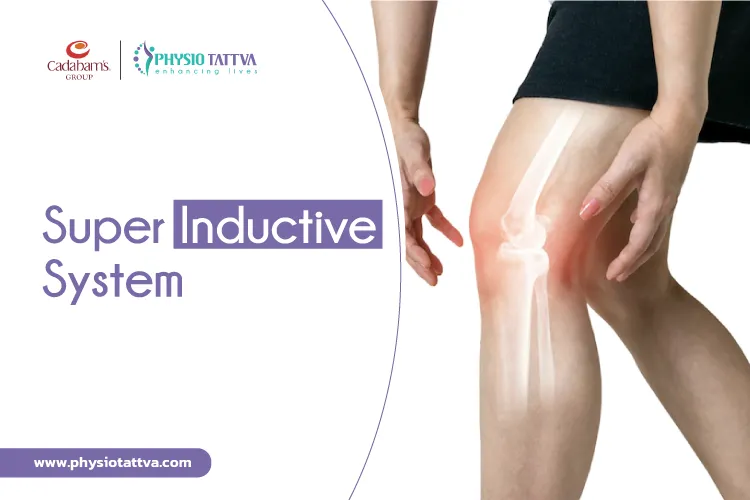

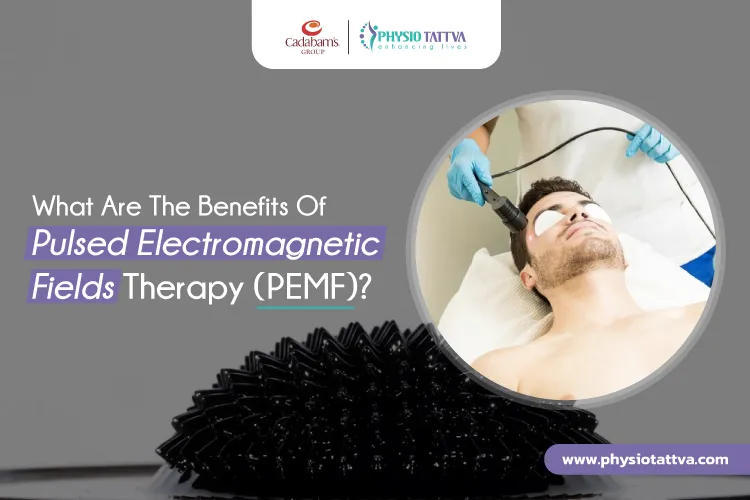

.webp)
.webp)

.webp)
.webp)

.webp)
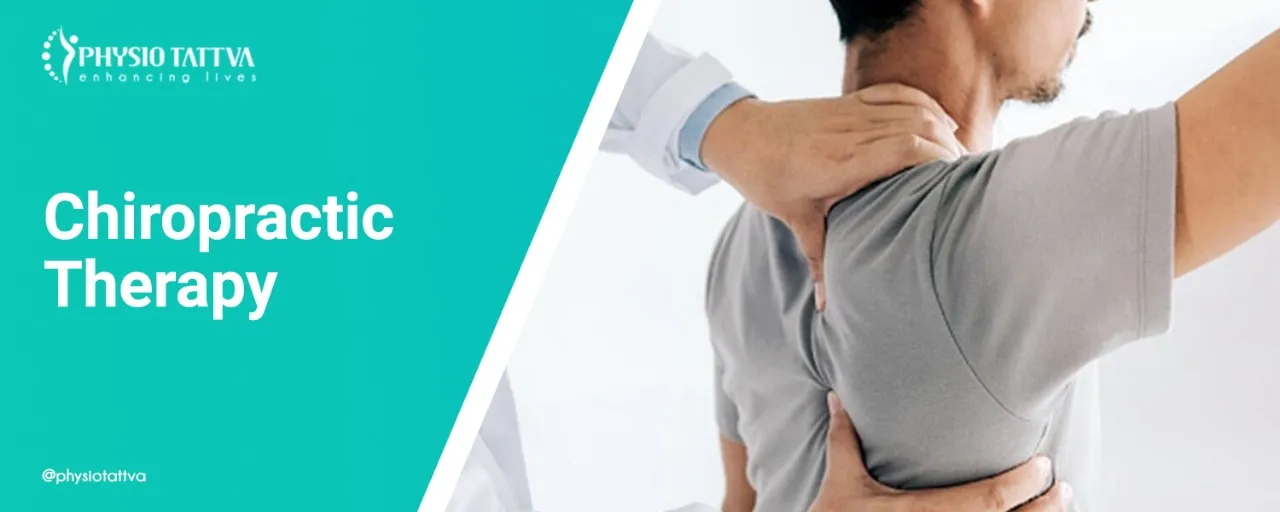
.webp)

.webp)
.webp)

.webp)
.webp)
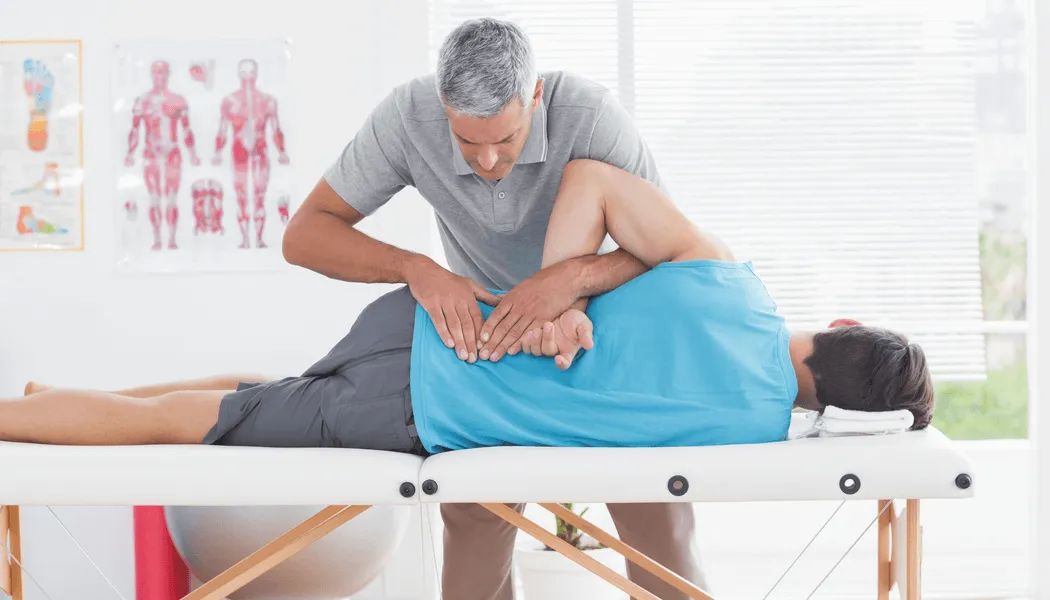

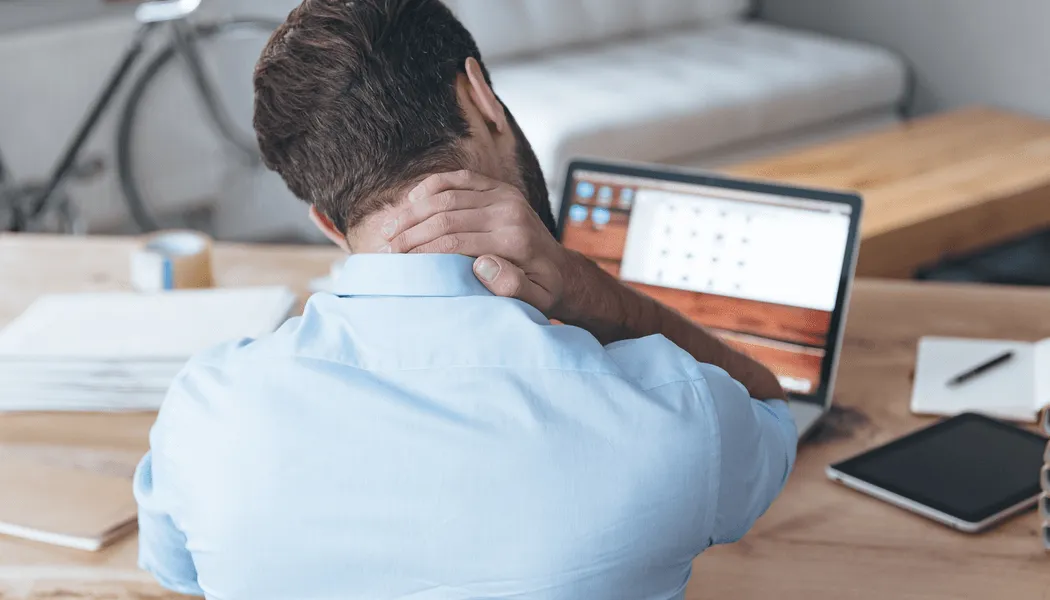






.webp)

.jpeg)



.webp)

.webp)



.webp)
.webp)

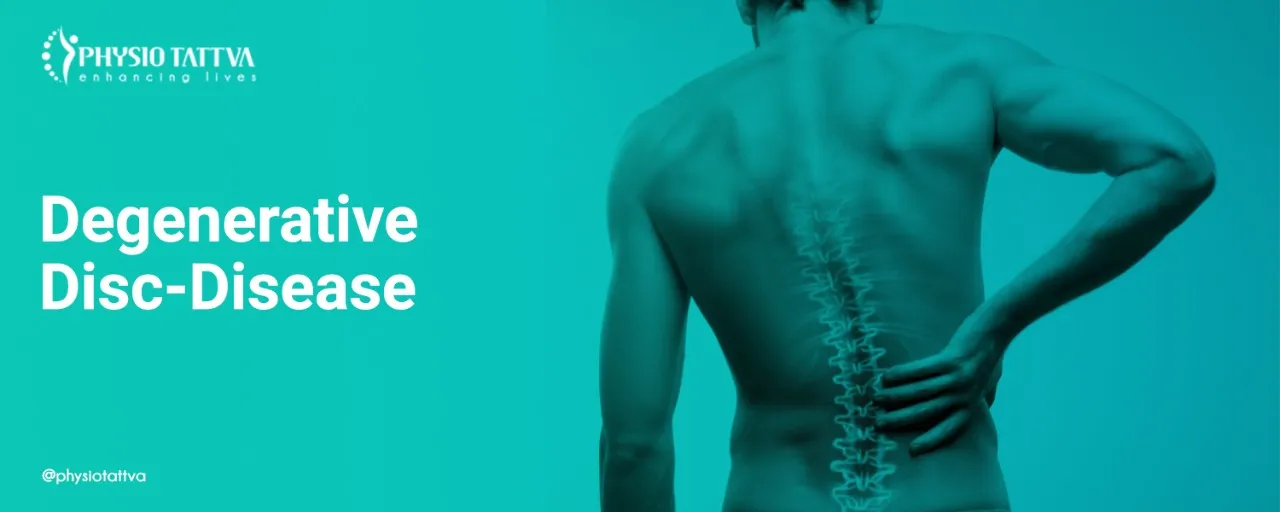







.png)





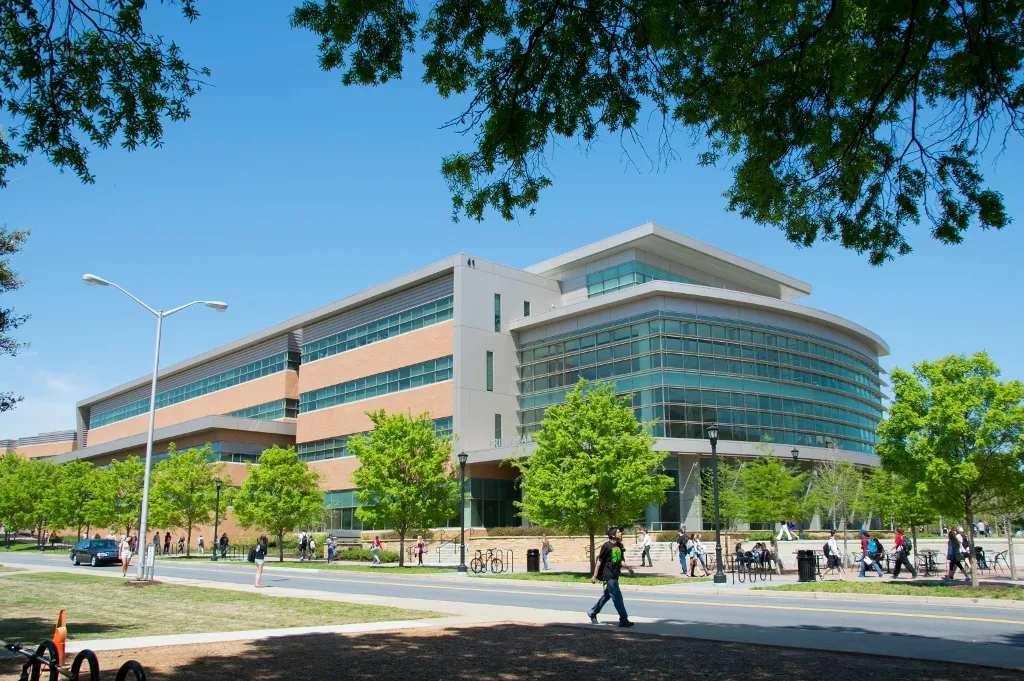



%20(1)-p-3200.jpeg)


.jpg)
.webp)
.webp)
.webp)

.webp)

